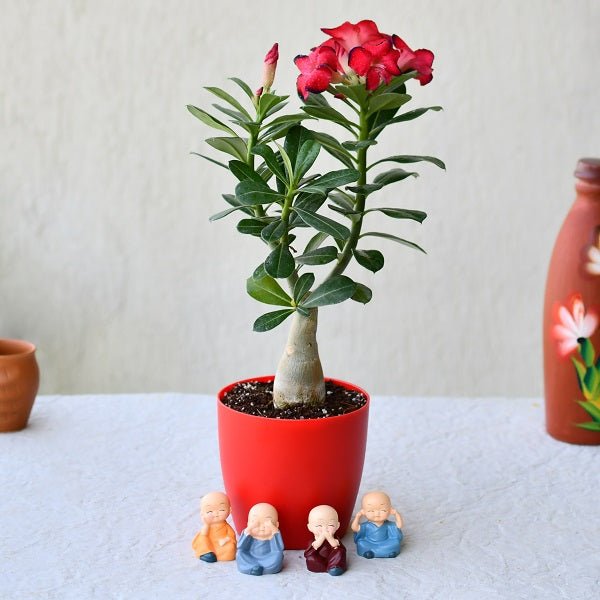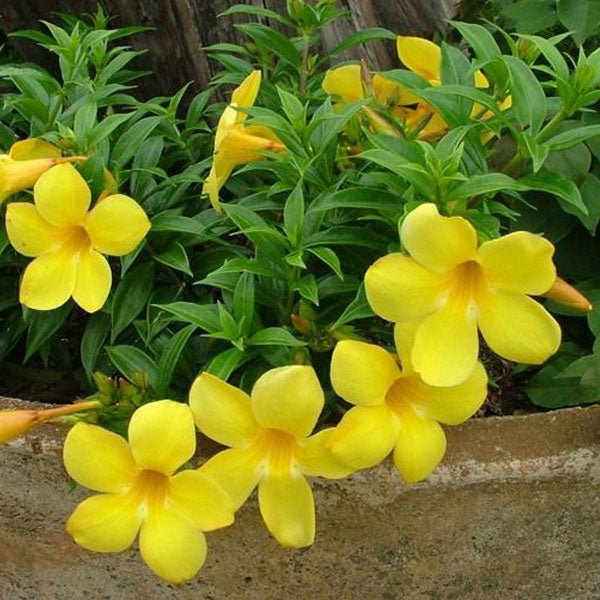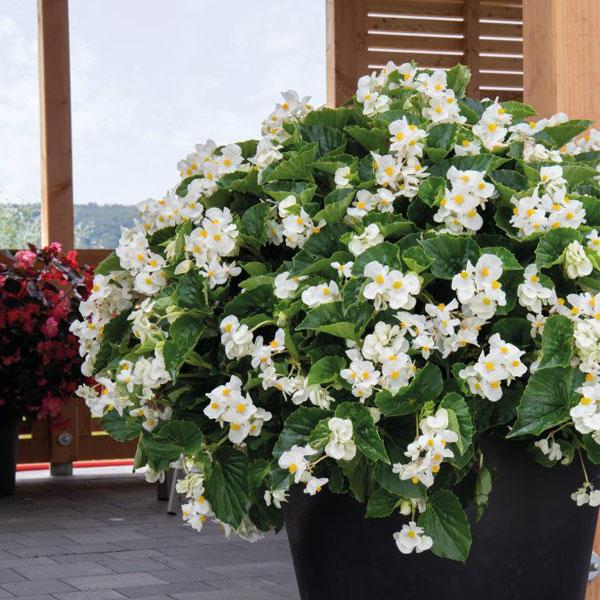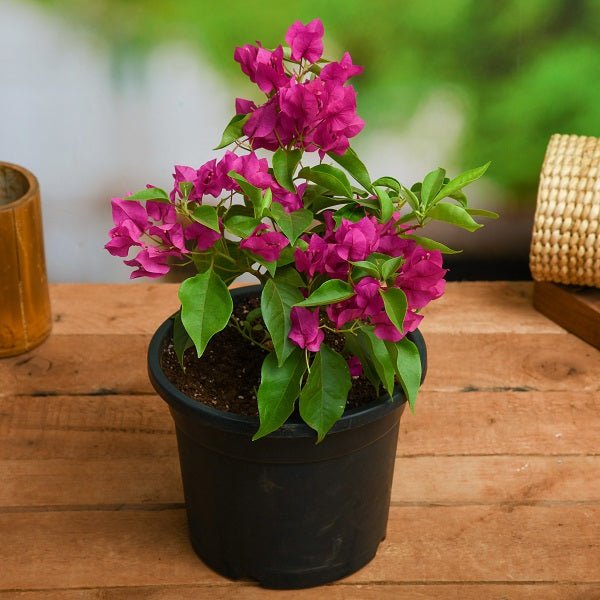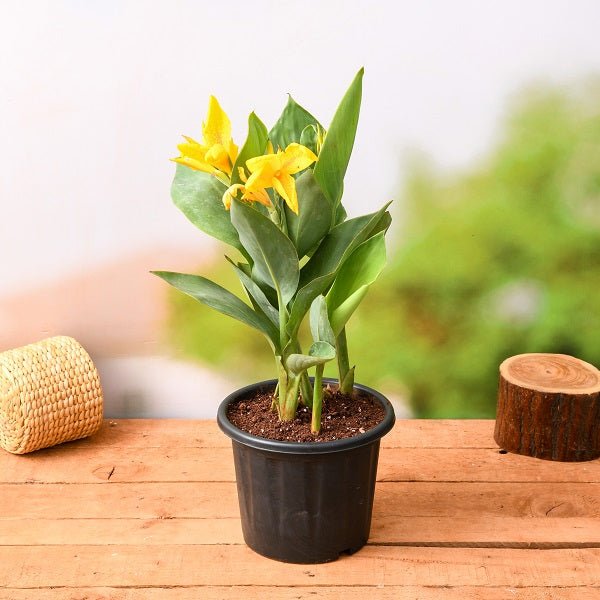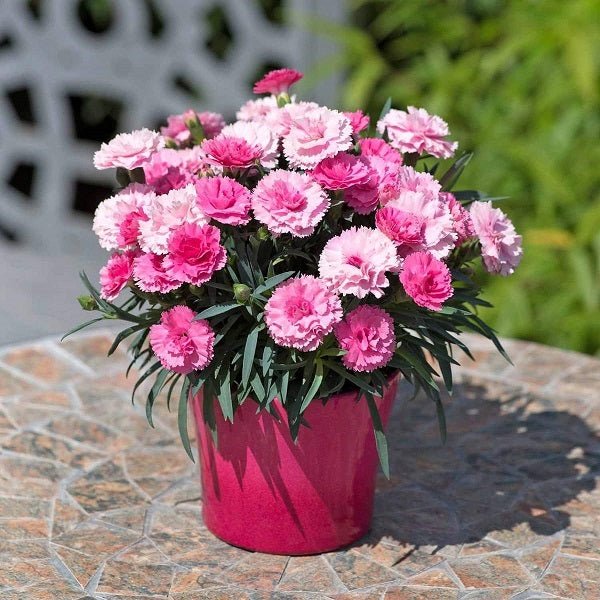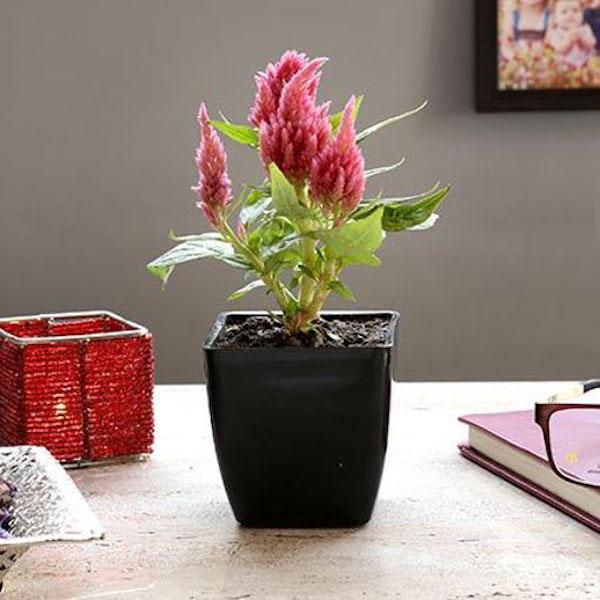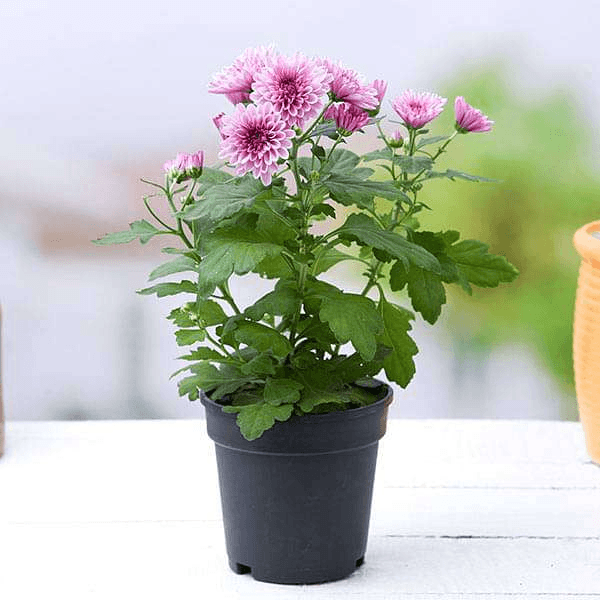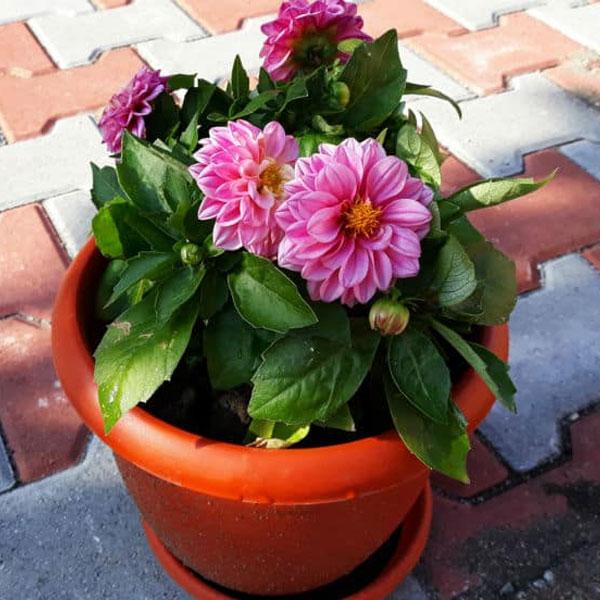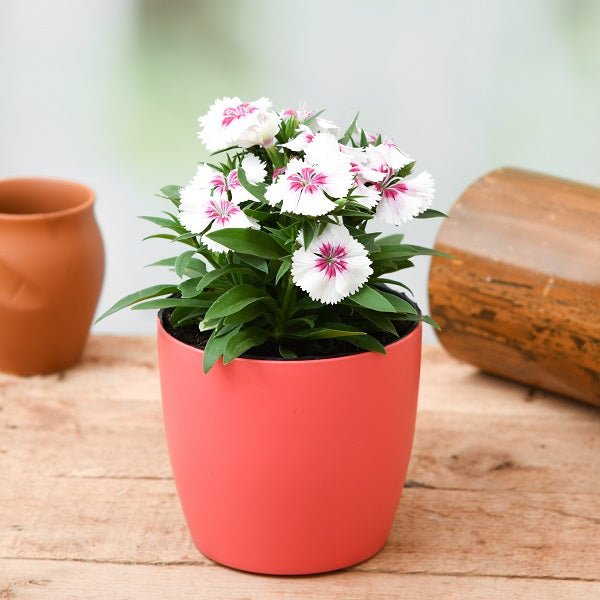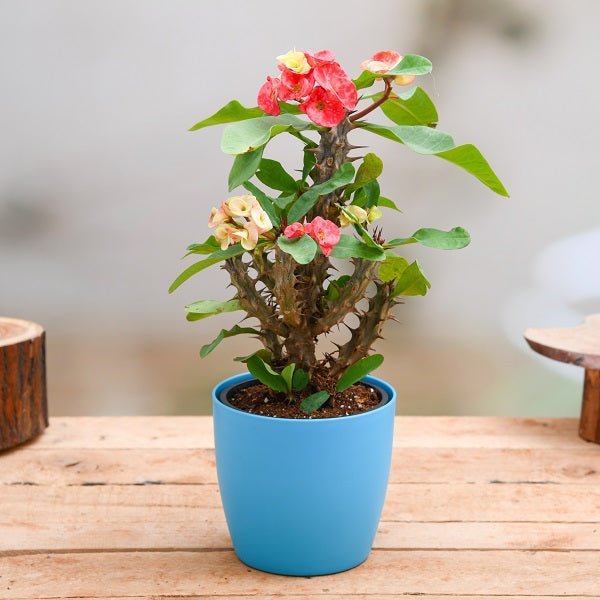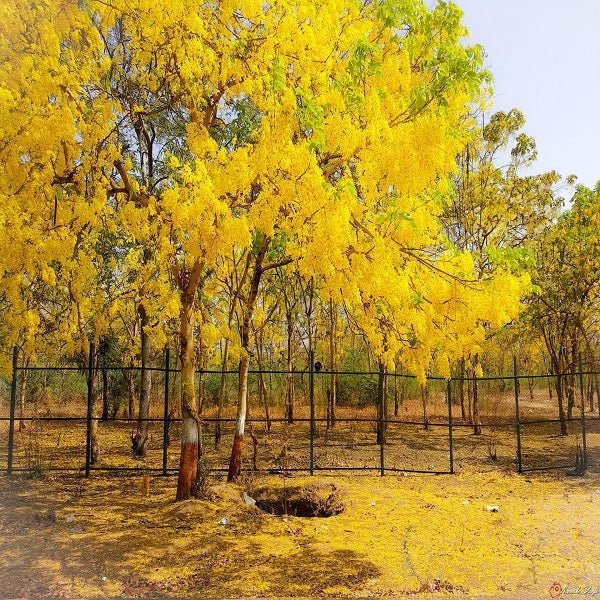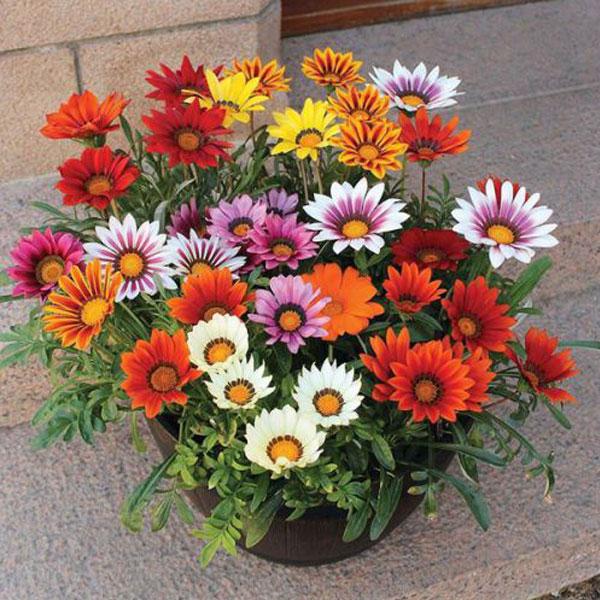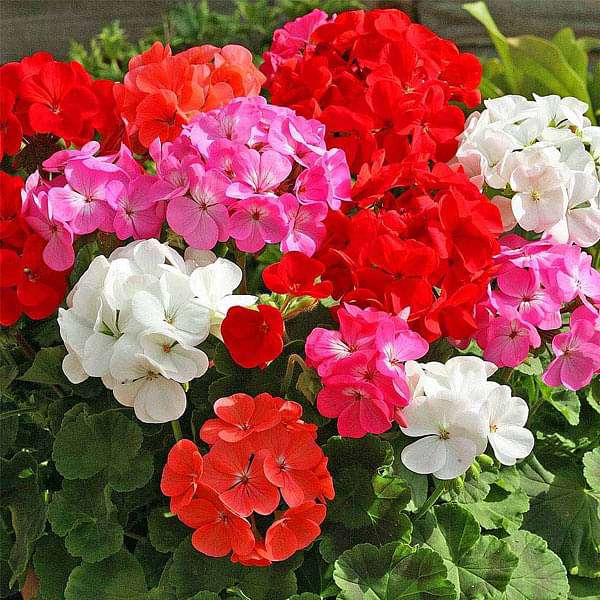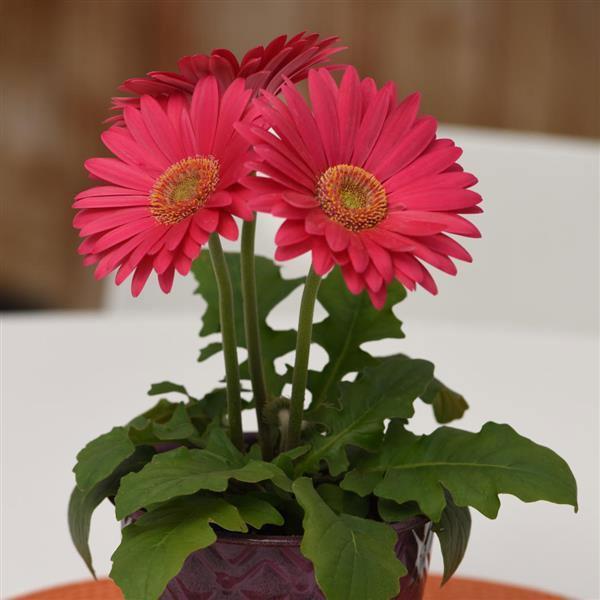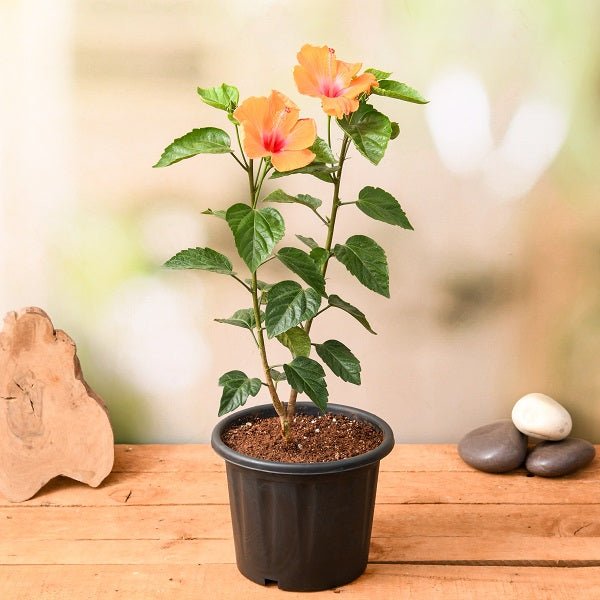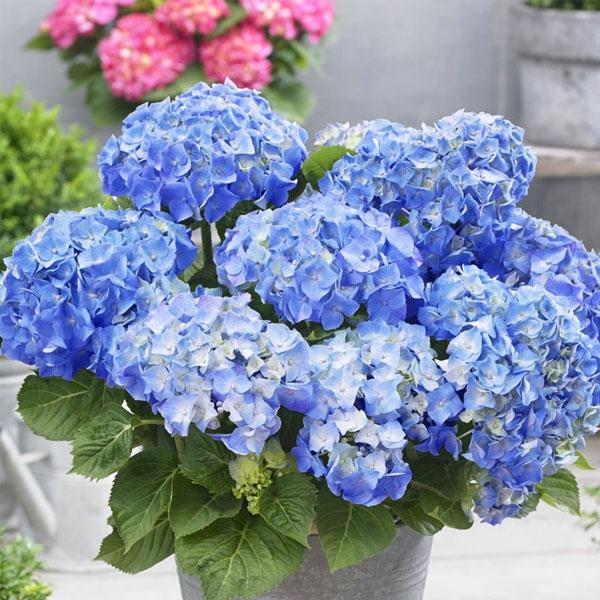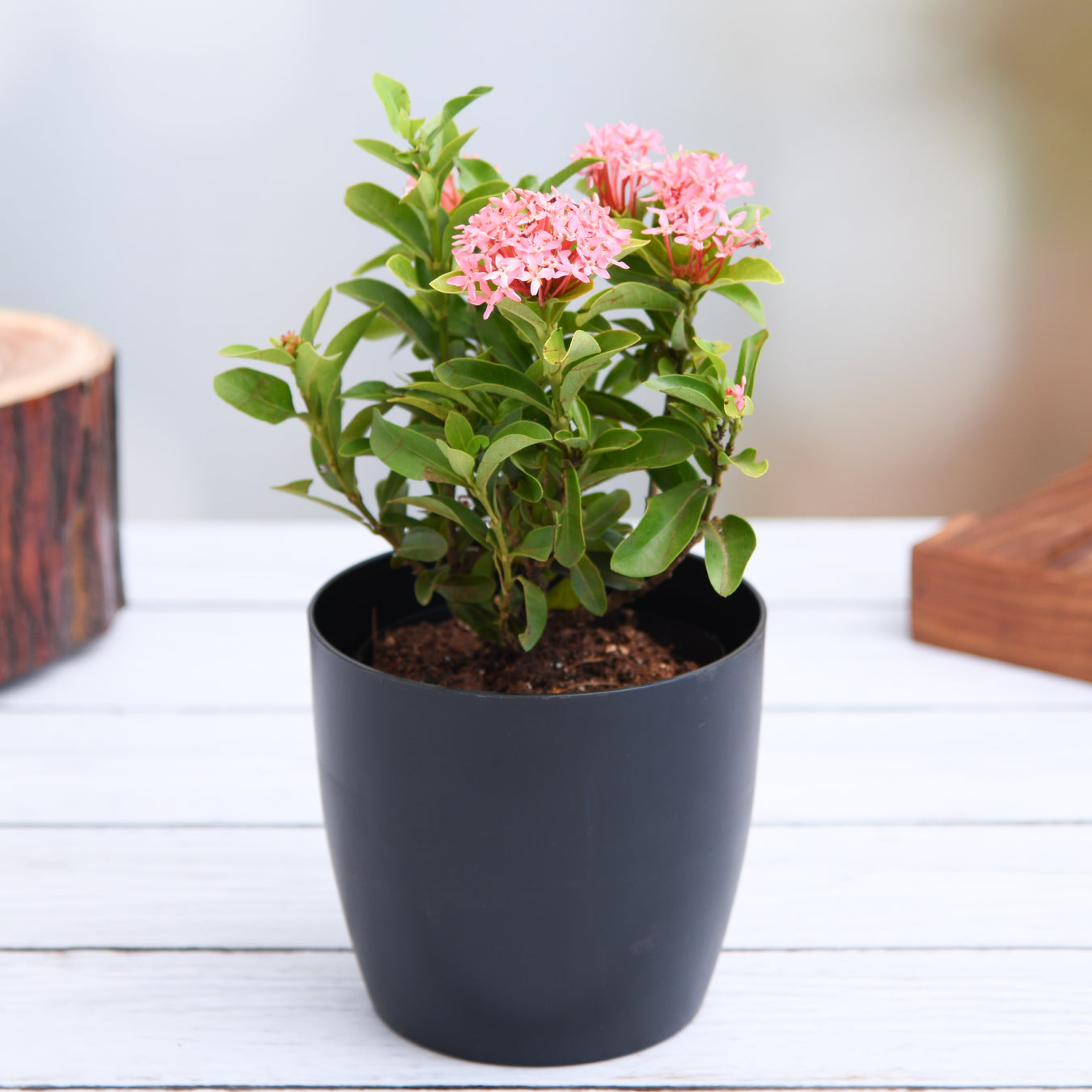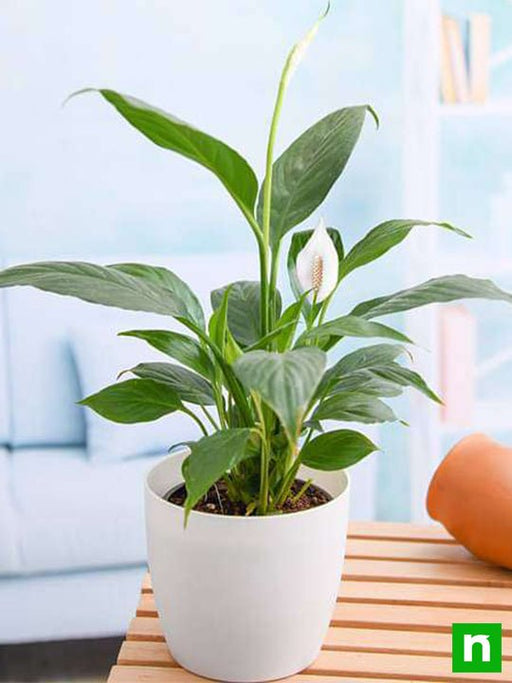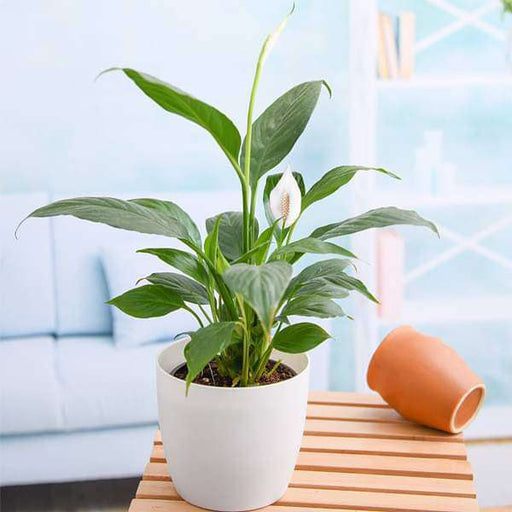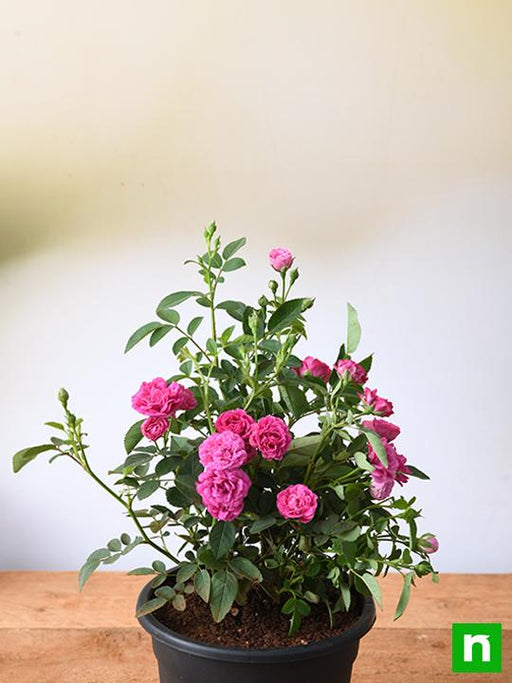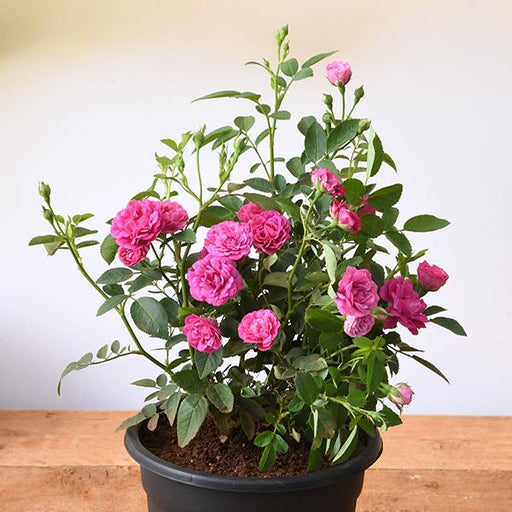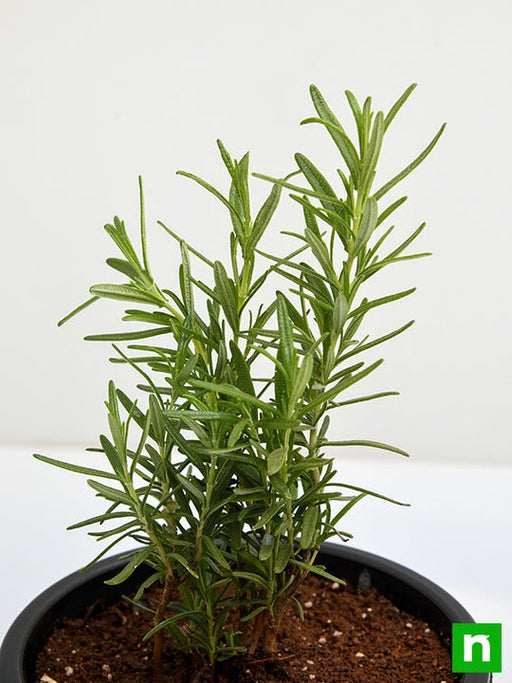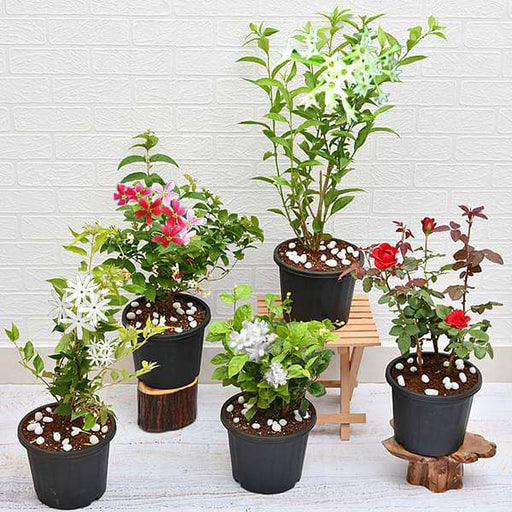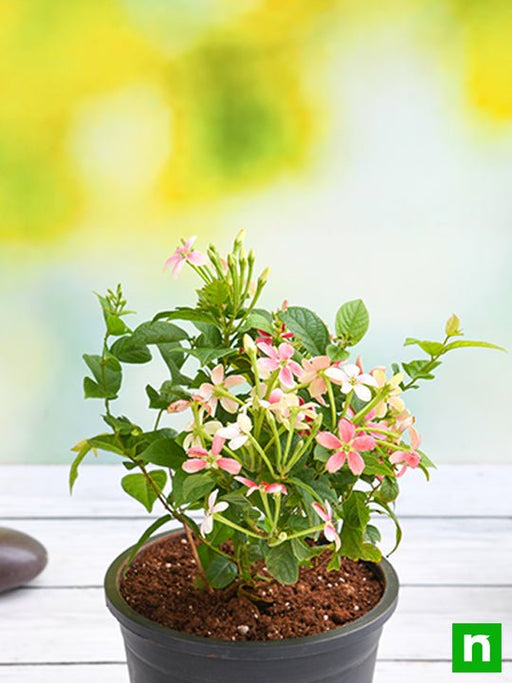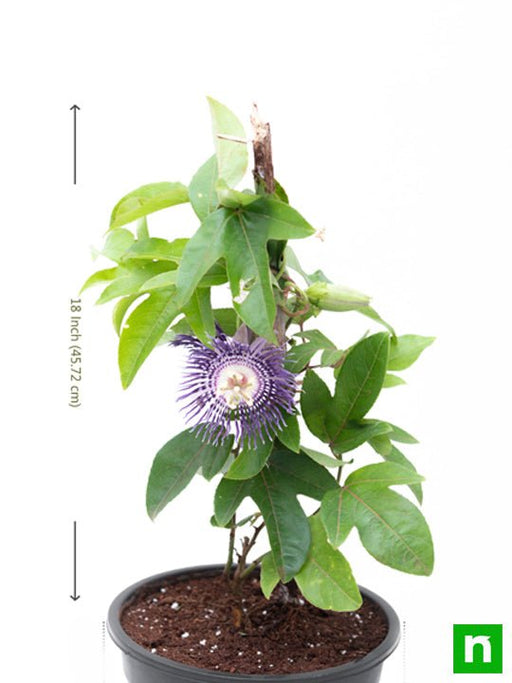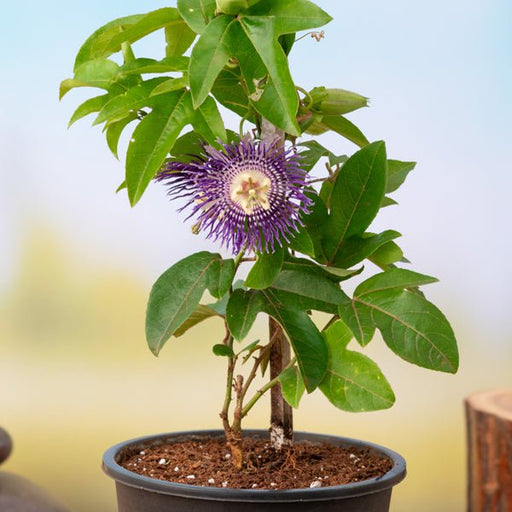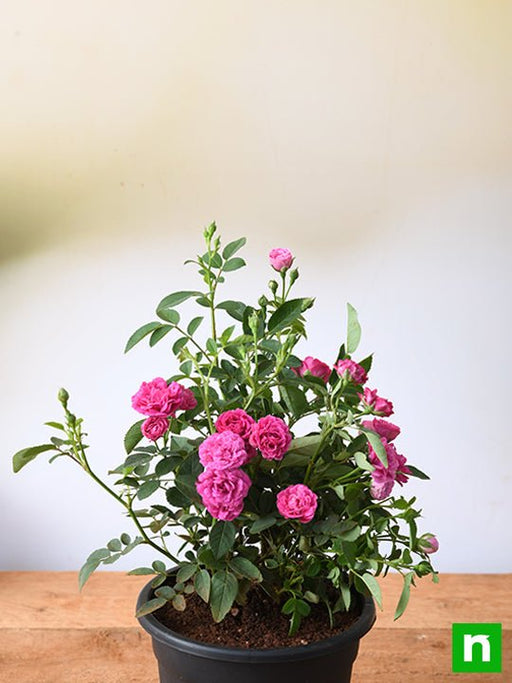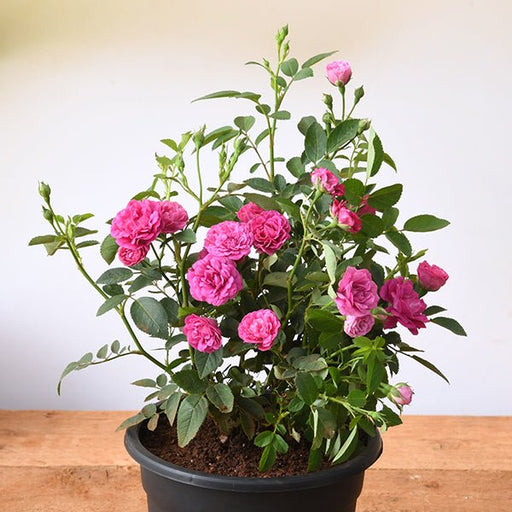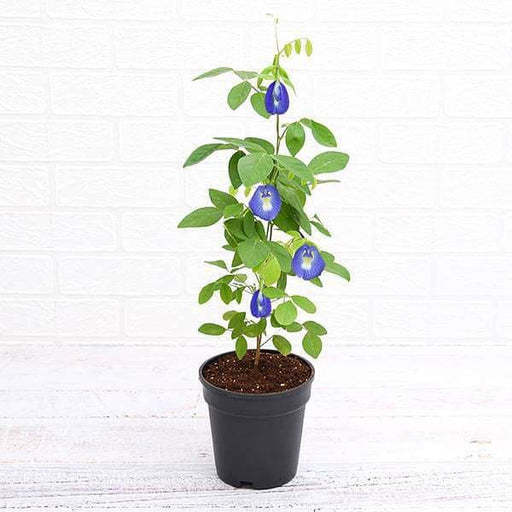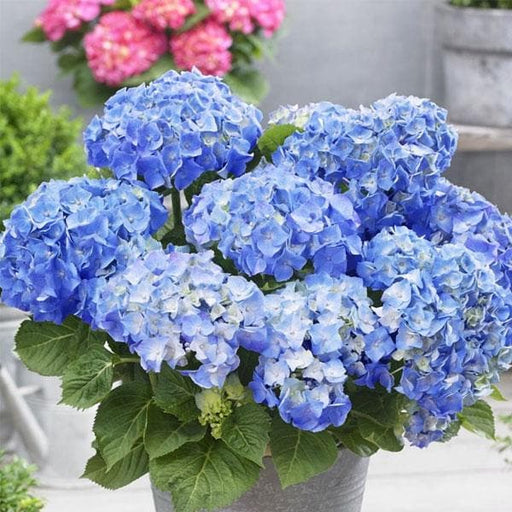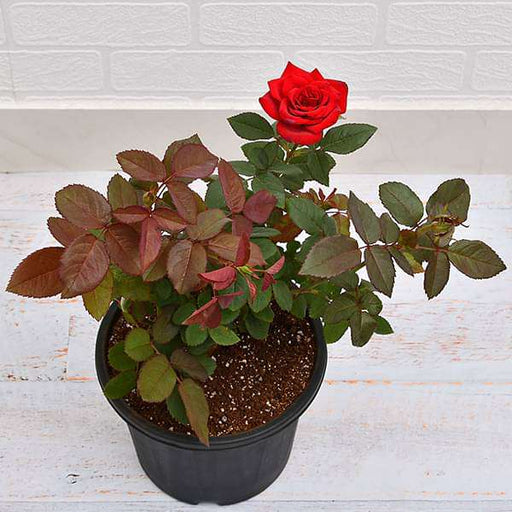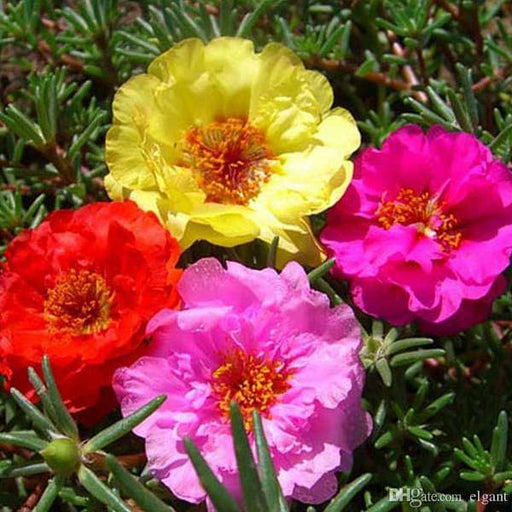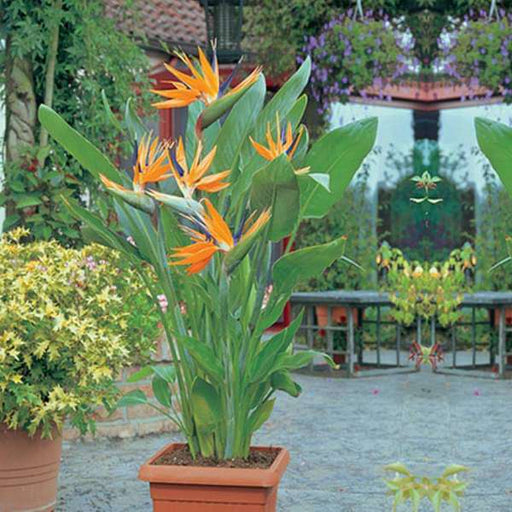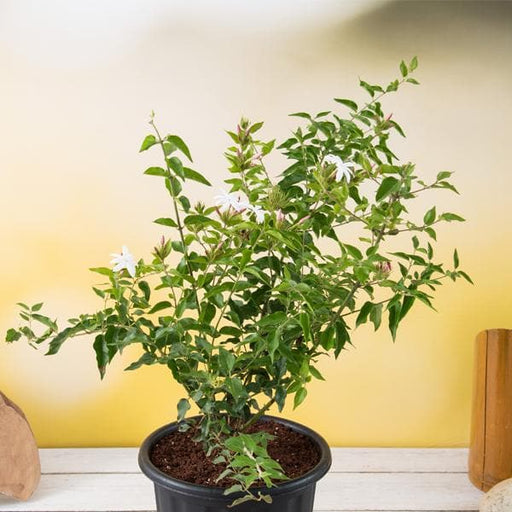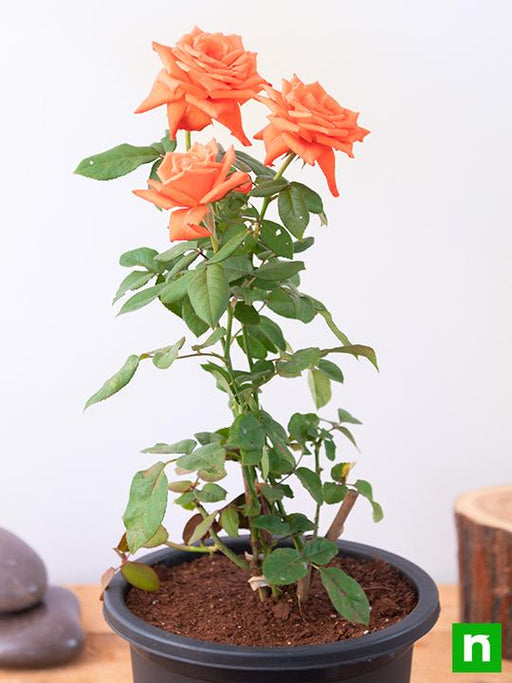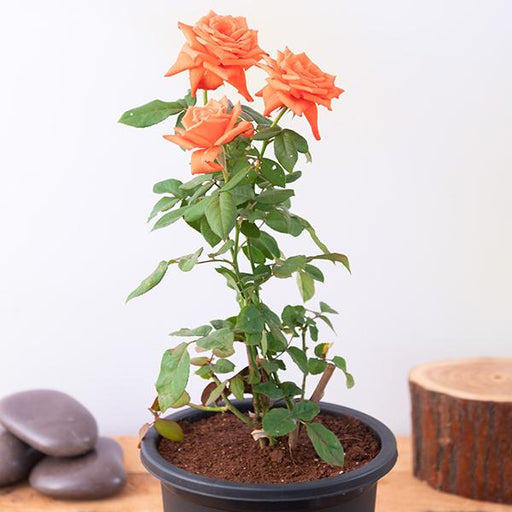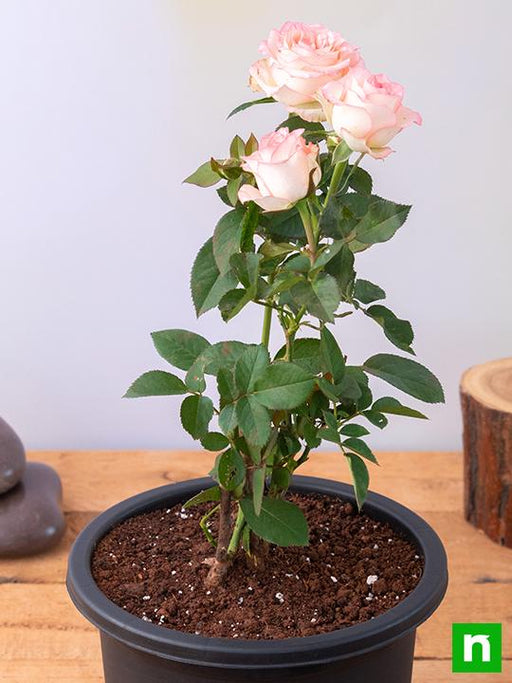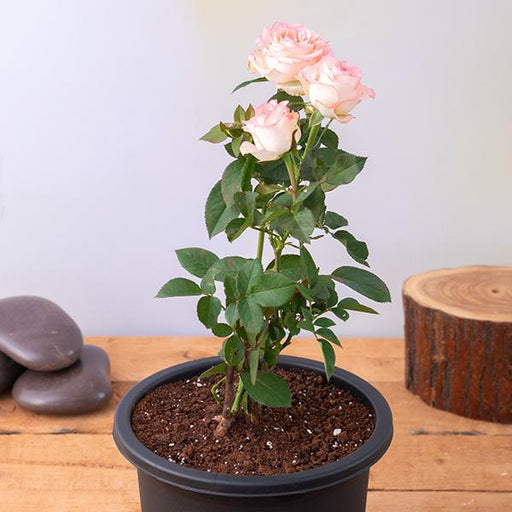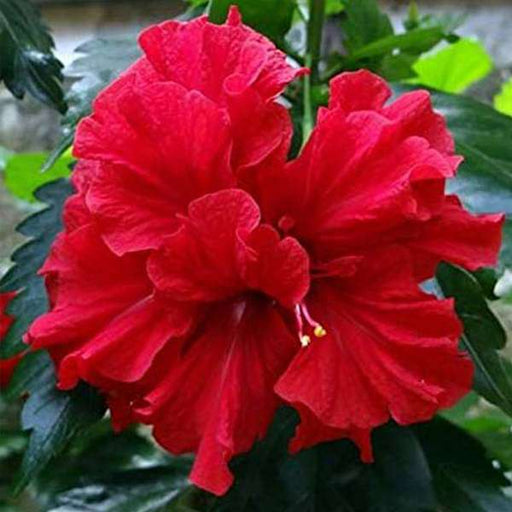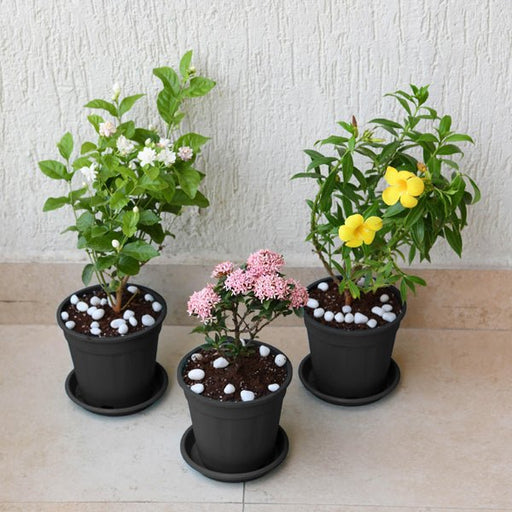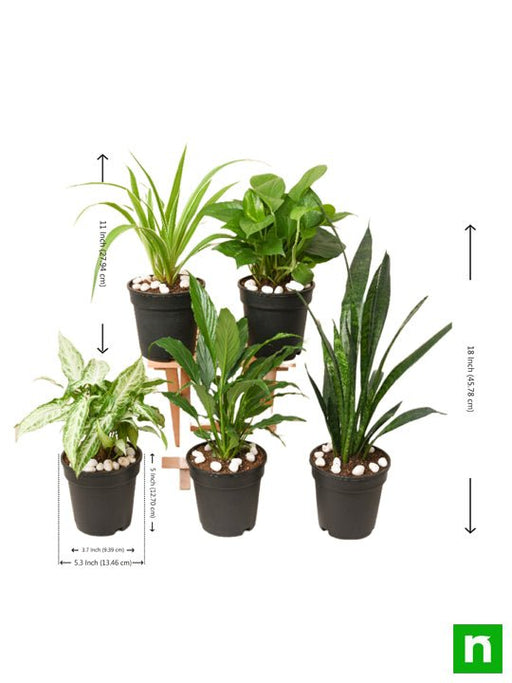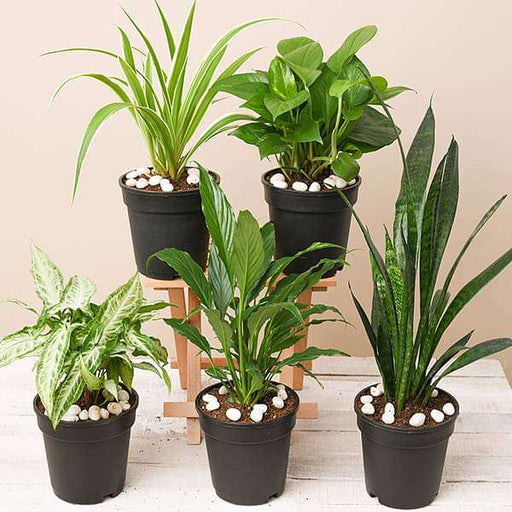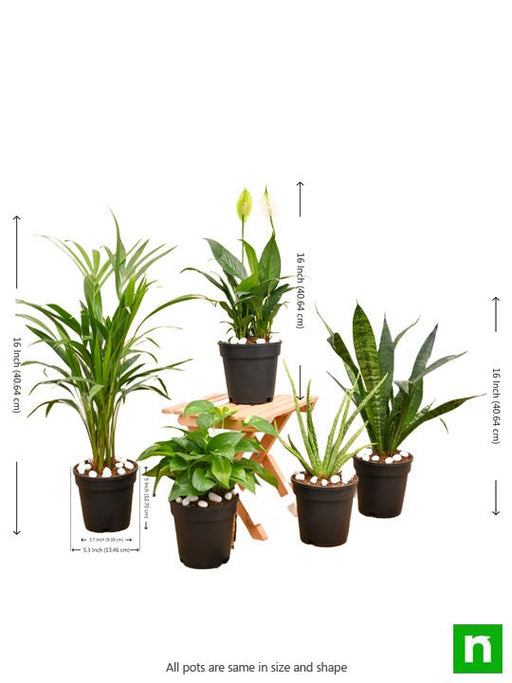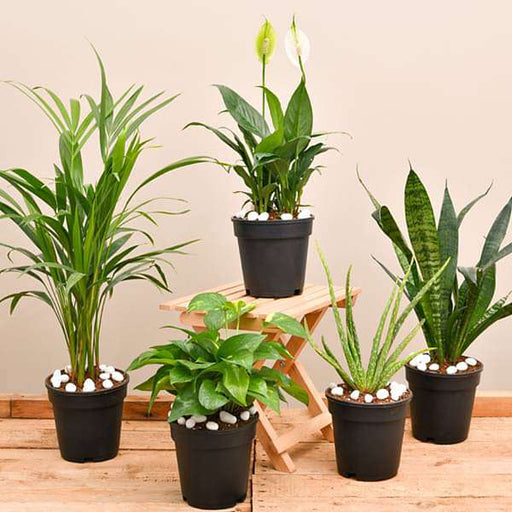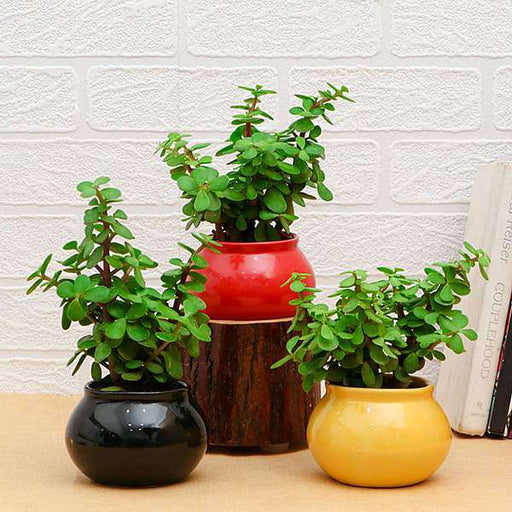Types of Flowering Plants
There are countless types of flowering plants, from classic roses and daisies to exotic orchids and hibiscus. Learning about the different types can help you choose the best plants for your garden.
Flowering Plant Care
Proper care for flowering plants involves providing adequate water, sunlight, and nutrients, as well as regular pruning and monitoring for pests and diseases. Each type of flowering plant may have specific care requirements, so it's important to do your research.
Flowering Plant Colors
Flowering plants come in a wide range of colors, from soft pastels to bold and bright hues. Choosing the right colors can help create a stunning garden display.
Flowering Plant Garden Design
Flowering plants can be used in a range of garden designs, from formal flower beds to wildflower meadows. They offer versatility in terms of color, size, and growing requirements.
Flowering Plant Propagation
Flowering plants can be propagated through various methods, including seed propagation, stem cuttings, and division. Understanding the best propagation method for each type of plant can help ensure success.
Flowering Plant Pollinators
Many flowering plants require specific pollinators, such as bees, butterflies, and hummingbirds, to ensure successful pollination and fruit set. Understanding the pollination process can help you better care for your flowering plants.
Flowering Plant Container Gardening
Flowering plants can be grown in containers, making them a great choice for small gardens and balconies. It's important to choose the right size container and provide adequate drainage and support for the plant.
Flowering Plant Garden Maintenance
Maintaining a beautiful garden of flowering plants requires regular care and attention, including watering, fertilizing, pruning, and pest control. Developing a maintenance routine can help keep your garden looking its best.
Flowering Plant Companion Plants
Flowering plants make excellent companion plants, providing vibrant color and attracting beneficial pollinators to the garden. Good companion plants for flowering plants include herbs, vegetables, and other flowering plants.
Flowering Plant Sun Requirements
Flowering plants require varying amounts of sunlight to thrive, with some preferring full sunlight and others thriving in shade. Understanding the sun requirements of each plant can help you choose the best location for planting.
Flowering Plant Soil Requirements
Flowering plants require well-draining soil that is rich in organic matter. The soil should be kept moist but not waterlogged, as excess moisture can lead to root rot and other issues.
Flowering Plant Watering
Flowering plants require regular watering, with the soil kept moist but not waterlogged. Watering should be done at the base of the plant to prevent damage to the leaves and flowers.
Flowering Plant Fertilizing
Fertilizing flowering plants can help promote healthy growth and abundant blooms. Use a balanced fertilizer formulated for flowering plants, and follow the manufacturer's instructions for application.
Flowering Plant Pests and Diseases
Common pests and diseases that can affect flowering plants include aphids, spider mites, and fungal diseases like powdery mildew. Regular monitoring and proper care can help prevent and treat these issues.
Flowering Plant Fragrance
Many flowering plants have a delightful fragrance, making them a popular choice for gardens and indoor spaces. Understanding the fragrance of each plant can help you create a sensory experience in your garden.
Flowering Plant Garden Accessories
Adding garden accessories like trellises, stakes, and decorative pots can enhance the beauty of flowering plants and make caring for them easier. Choosing the right accessories can also help create a cohesive garden design.
Flowering Plant Edible Uses
Some flowering plants, like nasturtiums and pansies, have edible flowers and leaves that can be used in salads, teas, and other culinary creations. Understanding the edible uses of each plant can add an extra layer of enjoyment to your gardening experience.
Flowering Plant Medicinal Uses
Some flowering plants, like echinacea and chamomile, have medicinal properties that have been used for centuries. Understanding the medicinal uses of each plant can help you harness their healing benefits.
Flowering Plant Symbolism
Many flowering plants have symbolic meanings, from roses representing love and passion to daisies symbolizing innocence and purity. Learning about the symbolism of each plant can deepen your appreciation for them.
Flowering Plant Cultural Significance
Flowering plants have cultural significance in many parts of the world, with some being associated with religion, mythology, and folklore. Learning about the cultural significance of flowering plants can broaden your perspective and deepen your connection to them.


